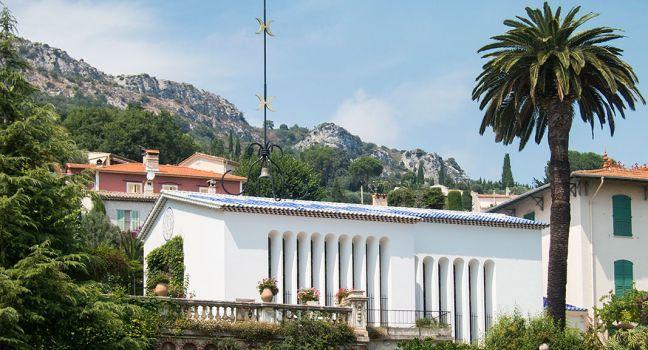Chapelle du Rosaire

On the outskirts of "new" Vence, toward St-Jeannet, is the Chapelle du Rosaire, better known as the Matisse Chapel. The artist decorated it with beguiling simplicity and clarity between 1947 and 1951 as his gift to nuns who had nursed him through illness. It reflects the reductive art style of the era: walls, floor, and ceiling are gleaming white, and the small stained-glass windows are cool greens and blues. "Despite its imperfections I think it is my masterpiece . . . the result of a lifetime devoted to the search for truth," wrote Matisse, who designed and dedicated the chapel when he was in his 80s and nearly blind.



